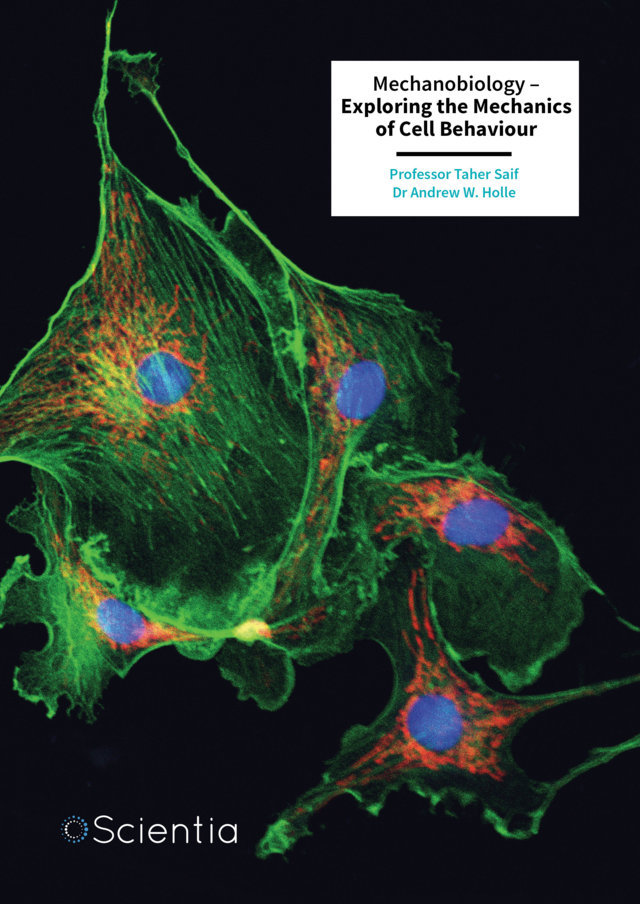Research from Professor Carsten Herrmann-Pillath at the University of Erfurt and Professor Guo Man at Harbin Institute of Technology Shenzhen Campus reveals how traditional funeral practices are being transformed in Shenzhen, an area of China which has rapidly developed into a huge metropolis. The research shows how government regulations, economic forces, and cultural traditions interact to create new forms of death rituals that balance modern urban constraints with deep-rooted customs. More
The management of death rituals has long been a focus of Chinese cultural governance, which is a term that describes the way authorities try to guide and shape cultural practices in China. Since imperial times, Chinese governments have attempted to control funeral customs, viewing them as both economically wasteful and potentially promoting “feudal” or “superstitious” practices. As a result, the 20th century saw a continuous sequence of governmental initiatives aimed at the transformation of death rituals in China. Today, this creates a complex balance between preserving meaningful Confucian traditions of filial piety and ancestral worship, and adapting to modern urban realities.
Professor Carsten Herrmann-Pillath and his colleague Guo Man have explored this balance in Shenzhen, where rapid urbanization has transformed villages into a megacity of over 20 million people in just a few decades.
Originally, the government proceeded cautiously with social transformation in rural areas where beliefs about ancestor worship were key values. This has created a particularly interesting tension in places like Shenzhen – previously rural areas that have quickly transformed into large cities. The researchers examined how death rituals are evolving in this dynamic environment, focusing particularly on one urban village called Fenghuang, home to members of the Wen clan who have lived in the area for generations.
At the center of Shenzhen’s funeral system is the Central Funeral Parlour, a government-managed facility that handles cremations and provides standardized funeral services. The government requires cremation rather than burial in most cases and offers basic funeral services free of charge, including transportation of the body, temporary storage, and simple ceremonies. This reflects a long-standing policy goal of making death rituals more affordable and less wasteful.
However, researchers found that actual funeral practices are much more complex than official policies might suggest. While the Central Parlour processed about 18,000 funerals in 2020, this represents only a portion of deaths in the city. Many migrants choose to transport deceased family members back to their hometowns for traditional ceremonies, while native villagers often combine official services with traditional practices conducted at home.
Professors Guo Man and Herrmann-Pillath’s study reveals that economic forces play a crucial role in shaping these funeral practices. While basic services are provided for free, many families choose to spend significant amounts on additional elements that they consider essential for showing proper respect to the deceased. At commercial cemeteries, burial plots can cost up to 80,000 yuan (approximately $12,000), with additional charges for luxury tombstones or preferred locations. These costs have led many families to consider alternatives such as sea burials, which the government actively promotes through subsidies.
A network of private funeral service providers has emerged to bridge the gap between government requirements and people’s cultural needs. These businesses offer everything from luxury vehicles for transporting bodies to elaborate ceremonial items and professional ritual specialists called fashi – traditional experts in Buddhist and Daoist practices who guide families through proper funeral procedures. While some of their practices push the boundaries of what authorities consider acceptable, they play an essential role in helping families maintain meaningful traditions while complying with regulations.
There are several other factors that influence funeral practices in Shenzhen, such as changing demographics. With an average age of just 32 years and restrictions on who can obtain local household registration, the city has an unusually low death rate. This creates a unique situation where funeral infrastructure and services must cater to both a relatively small number of local residents and a large floating population who might ultimately choose to be buried elsewhere.
Secondly, land scarcity has become a major force reshaping death rituals. Traditional practices such as choosing burial sites based on feng shui (traditional principles about the flow of natural energies) or relocating bones to better locations are no longer practical in the urban environment. Instead, the government promotes alternative practices such as sea burials and memorial halls that don’t require large plots of land.
Thirdly, the role of native villages adds another layer of complexity. While making up less than 1 percent of the city’s population, these communities maintain significant autonomy in managing their local cemeteries through shareholding cooperatives – organizations that combine elements of traditional village governance with modern business structures. These cooperatives often act as cultural brokers, helping to negotiate between government requirements and local traditions, and are akin to real estate companies that manage villagers’ land use rights and related infrastructural services.
A key finding for the researchers is that funeral rituals in Shenzhen have become “bifurcated” – split between official ceremonies at the Central Parlour and traditional practices conducted at home. For example, while a body might be cremated at the official facility, families often set up a parallel mourning hall at home where they can conduct traditional offerings to the deceased, including burning paper money and other items that represent resources for the afterlife.
Professors Herrmann-Pillath’s and Guo’s research paid particular attention to how funeral practices have evolved in Fenghuang village, home to a branch of the Wen clan. Here, the researchers observed how traditional practices persist but have adapted to new circumstances. For instance, villagers still conduct important ancestral rituals during traditional holidays such as Qingming (the tomb-sweeping festival) and Chongyang, with male clan members presenting offerings like roasted pigs and fruit to their ancestors. These practices are now organized through the village’s shareholding cooperative, showing how traditional customs can find new organizational forms in the modern city.
The researchers discovered that these adaptations work because traditional Chinese funeral customs have a modular structure with nine essential elements: announcing the death, wearing mourning clothes, washing the corpse, making offerings, installing a memorial tablet, following special rules about money, having musicians perform, sealing the coffin, and conducting a funeral procession. This structure allows families to maintain core ritual elements while adapting specific practices to modern constraints.
Indeed, the study found that certain beliefs remain remarkably persistent despite urbanization. In a survey of 200 respondents, 69 percent believed a large funeral should be held for the deceased, 65 percent believed ancestors’ souls live in the afterworld, and 83 percent believed in reincarnation. However, attitudes toward newer practices like eco-friendly burials showed interesting generational differences – while 73 percent of respondents would consider it for themselves, only 53 percent would choose it for their parents.
The researchers emphasize that successful cultural governance requires the Chinese government to find ways to preserve meaningful traditions while adapting to modern constraints. Rather than simply imposing new practices, authorities and service providers have developed flexible approaches that allow families to maintain core ritual elements while accommodating urban realities. This suggests that effective management of death rituals in rapidly changing societies requires understanding and working with, rather than against, deeply held cultural values. The resulting hybrid practices demonstrate the importance of maintaining cultural continuity alongside promoting efficiency in managing death in contemporary Chinese cities.







